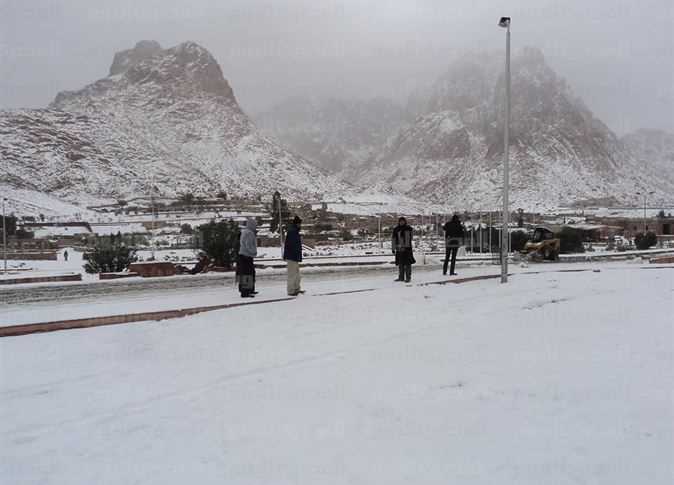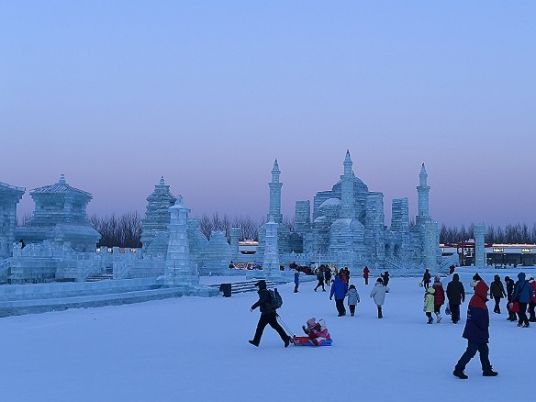
Looking for inspiration to liven up your snow fort-building sessions with the kids?
The legendary Harbin International Snow and Ice Festival, famous for its spectacular sculptures and giant replicas, is now officially underway in northern China.
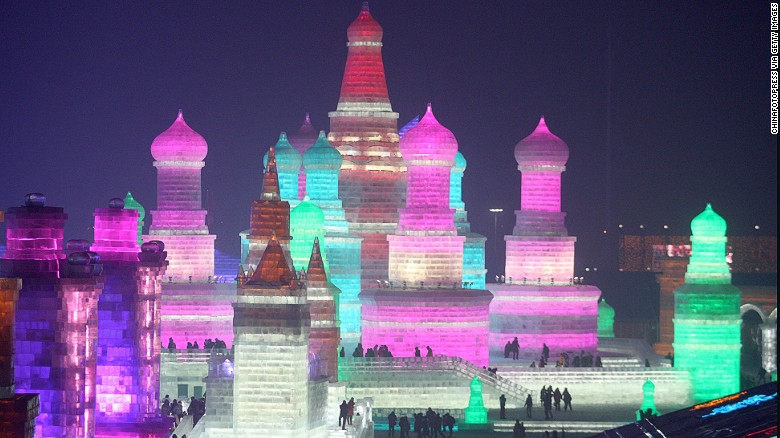
Featuring incredible sculptures, the 2016 Harbin International Snow and Ice Festival officially opened its chilly gates on January 5.
The annual event, now in its 32nd year, is made up of several themed zones including a sculpture art expo and a lantern fair.
The main attraction is the Harbin Ice and Snow World, which covers more than 750,000 square meters. Its magnificent structures required more than 330,000 cubic meters of ice and snow to create, according to a report in Chinese media.
This year's theme is "Pearl on the Crown of Ice & Snow."
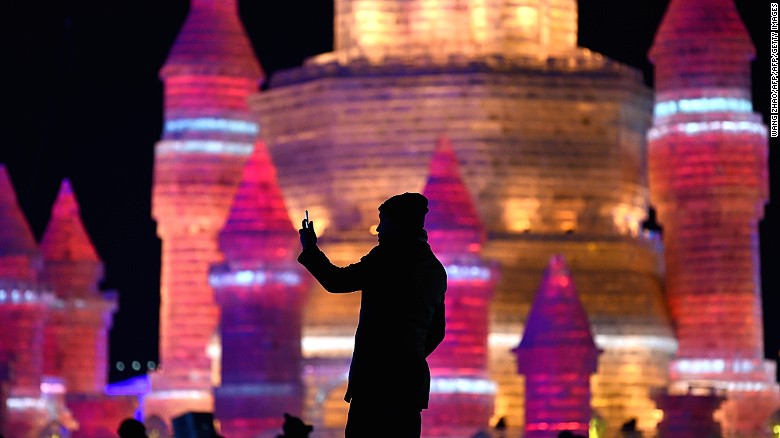
The best time to go is at night when when the sculptures are lit from the inside with LED lights.
Stunning as the works are in all their white glory, the best time to go is at night, when when the sculptures are lit from the inside.
China's "Ice City"
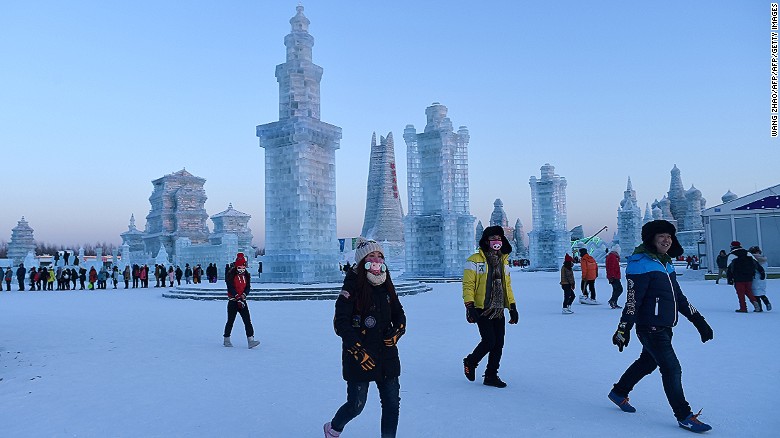
Many of the blocks used in the sculptures were made with ice taken from Harbin's frozen Songhua River.
Enjoying that icy beauty doesn't come warmly.
The capital of northeast China's Heilongjiang Province, Harbin is a bitingly cold city with January daytime temperatures ranging from minus 13 to minus 23 Celsius.
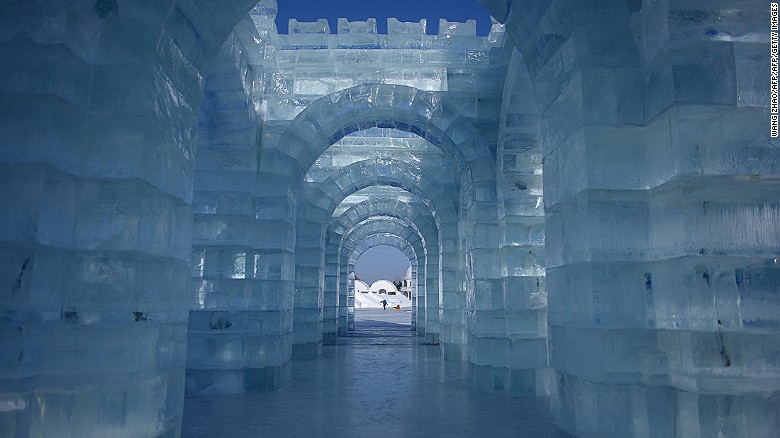
The annual event, which runs until the end of February depending on weather conditions, takes place in northeast China's Heilongjiang Province.
Due to Harbin's close proximity to Russia, its northern neighbor's influence permeates everything from architecture to food.
Since 1985, the Harbin International Snow and Ice Festival has grown to become one of the biggest snow festival destinations in the world, joining the ranks of the Sapporo Snow Festival in Japan, Canada's Quebec Winter Carnival and Norway's Holmenkollen Ski Festival.
Depending on weather conditions, the festival usually lasts until late February.
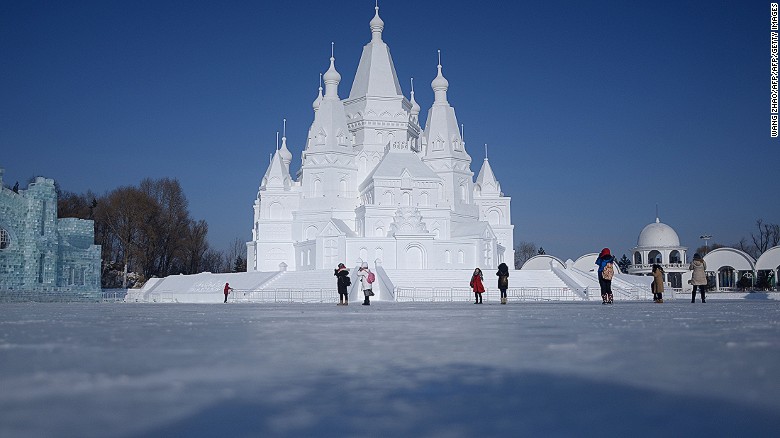
The festival's main attraction is the Ice and Snow World. Its sculptures are mostly inspired by Chinese fairy tales and landmarks.




